Renault is preparing for a wide-reaching overhaul and model blitz – and it’s pinning its revival hopes on two new electric SUVs and a renewed focus on C-segment models.
The French brand’s new partnership arrangement with Nissan, announced earlier this year, will lead to a more extensive sharing of platform, technology and production resources to boost efficiencies.
It will also result in Renault taking the strategic lead in Europe under new boss Luca de Meo, who has begun overhauling the brand’s product roadmap despite only starting his role in July. His aim will be to turn around a firm that recorded a £6.5 billion loss in the first half of 2020.
The fruits of these shared resources have already produced the CMF-EV platform, which made its debut on the newly unveiled Nissan Ariya electric large SUV. That platform will also provide the basis for further Renault and Nissan electric SUVs in the coming years.
Renault will spawn two models off the CMF-EV platform initially, with the first being a high-riding production adaptation of the Morphoz concept revealed in spring this year.
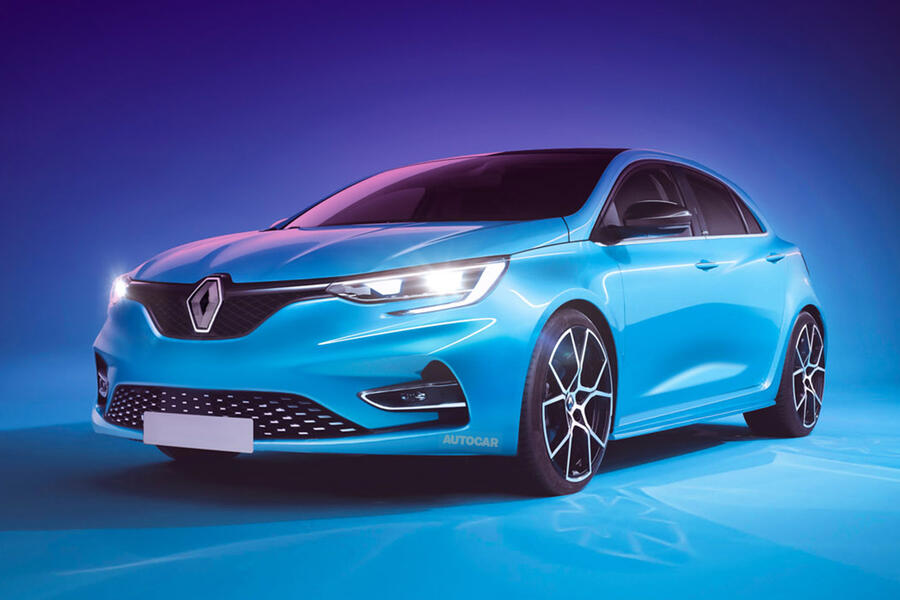
Although it’s tipped to be similar in length and width to the current Renault Kadjar, it will sit lower to the ground than that car, as the concept previously indicated. This is because of the greater need for aerodynamic efficiency as Renault pushes for the maximum possible EV range to ensure that the model can cover a higher percentage of customers’ car usage in Europe.
“We identified there was room below the Renault Zoe but even more expectation above the Zoe,” said Renault’s electric vehicles boss, Gilles Normand. “People are realising that EVs are safe and enjoyable and can be taken on much longer trips than [early] EVs.”
Normand cites a target range of up to 342 miles for such a model. Whether that’s achievable remains to be seen. The Ariya’s longest quoted range (for the 87kWh front-wheel-drive model) is 310 miles, and a similar-sized Renault would be unlikely to improve on that significantly.
Renault also claims that the CMF-EV platform – along with the efficiencies enabled through the alliance – has enabled significant cost breakthroughs.
“We have achieved a 30% reduction on the platform cost. We have reduced the battery cost by 30% and the e-motor by 20%,” said Renault EV development director Jean-Paul Drai during a recent Automotive News Europe live conference.

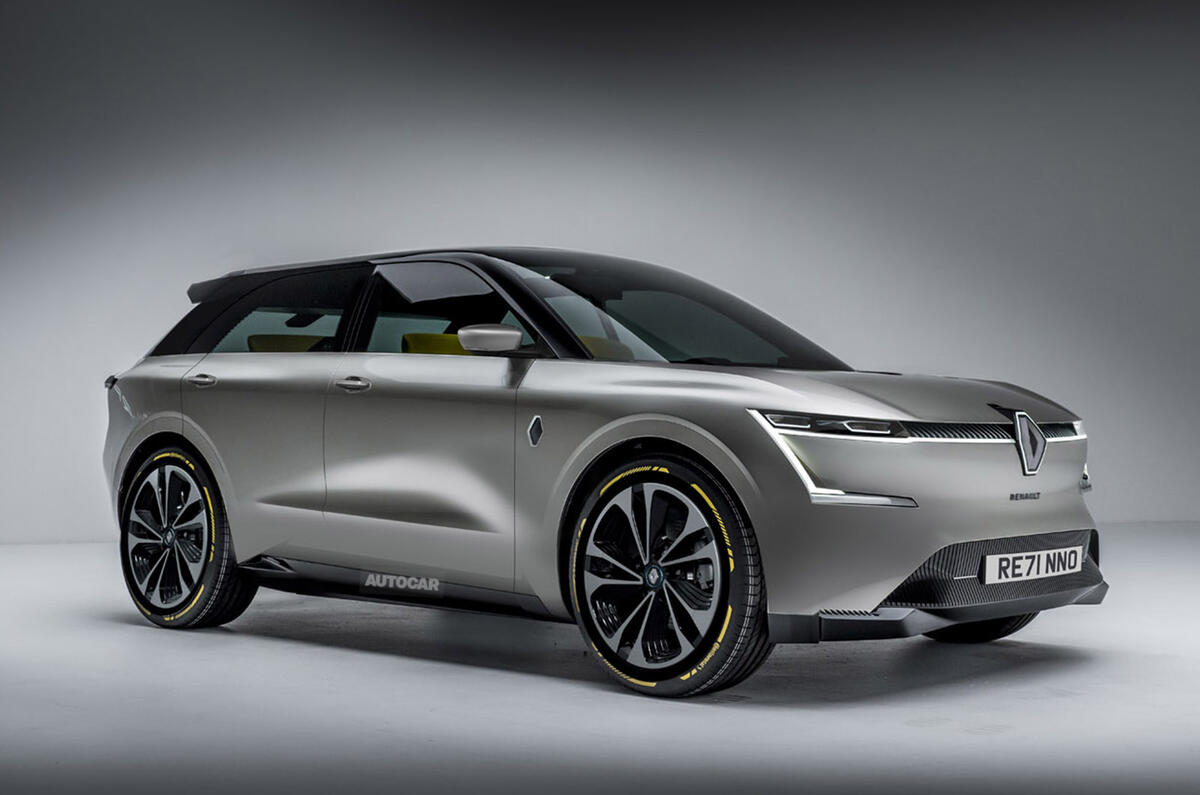
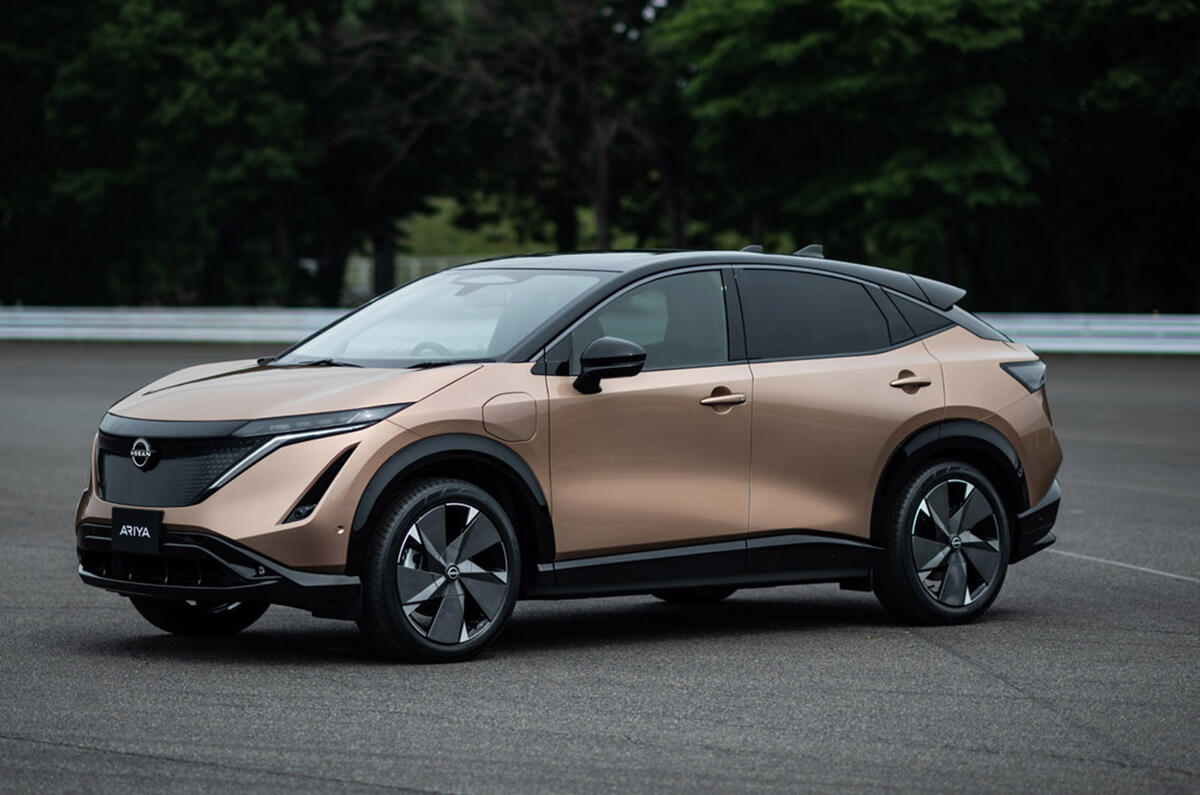
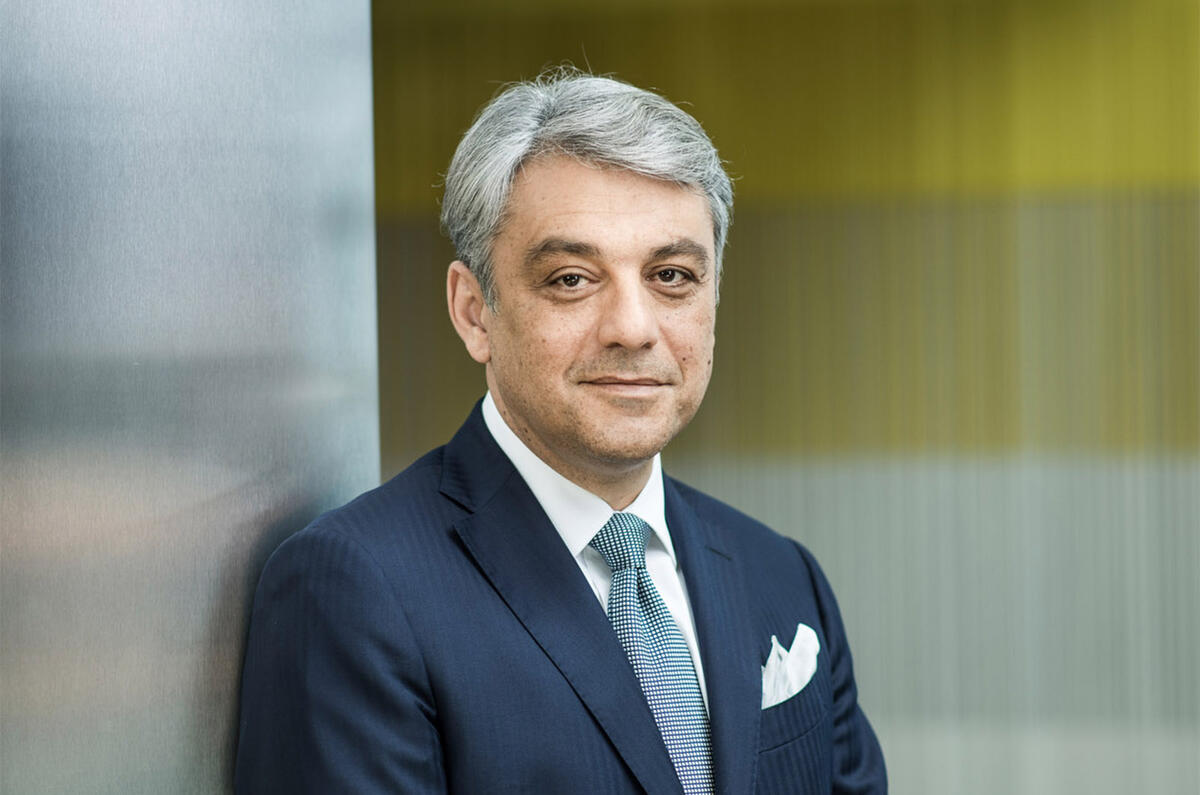
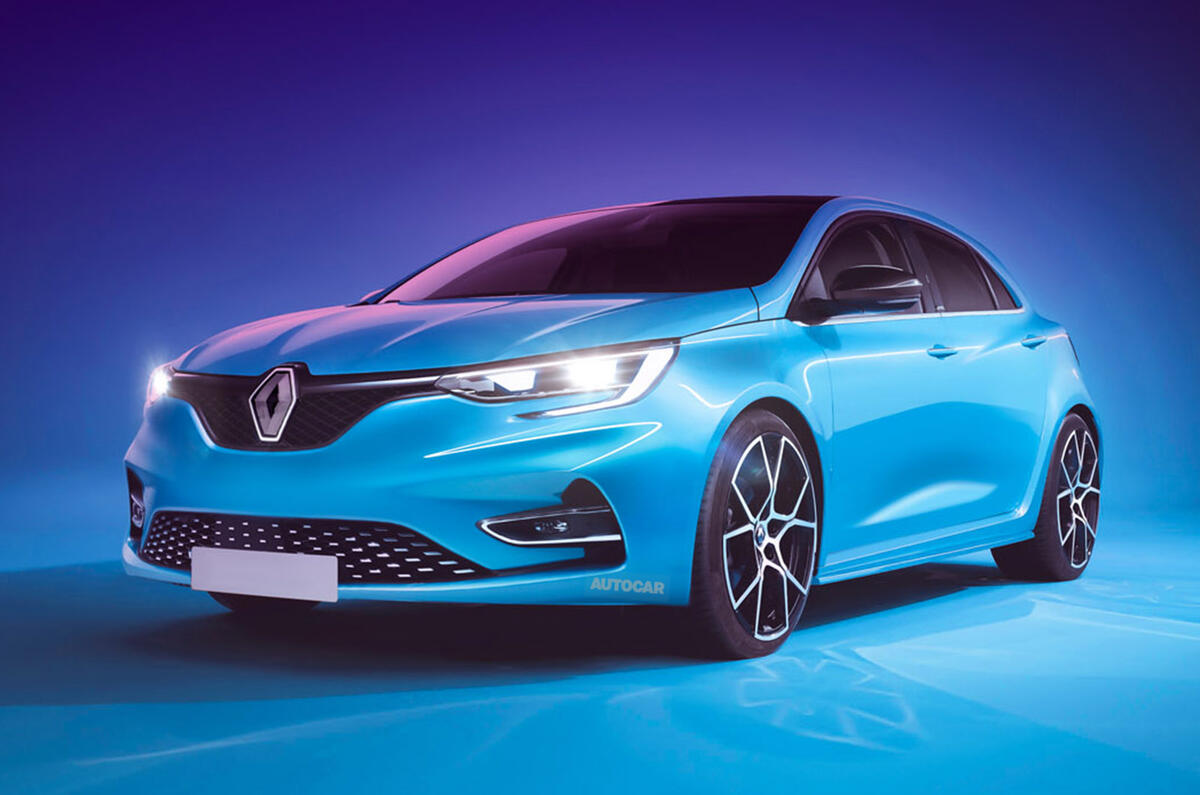
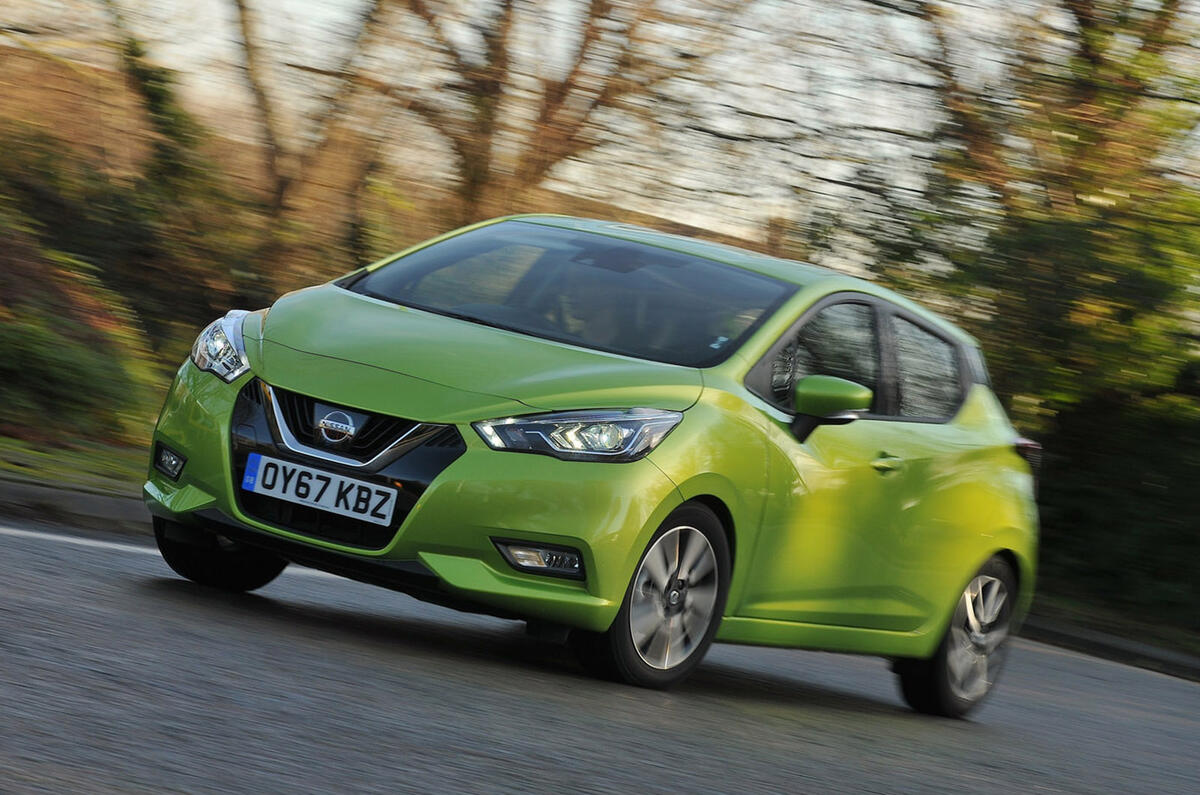
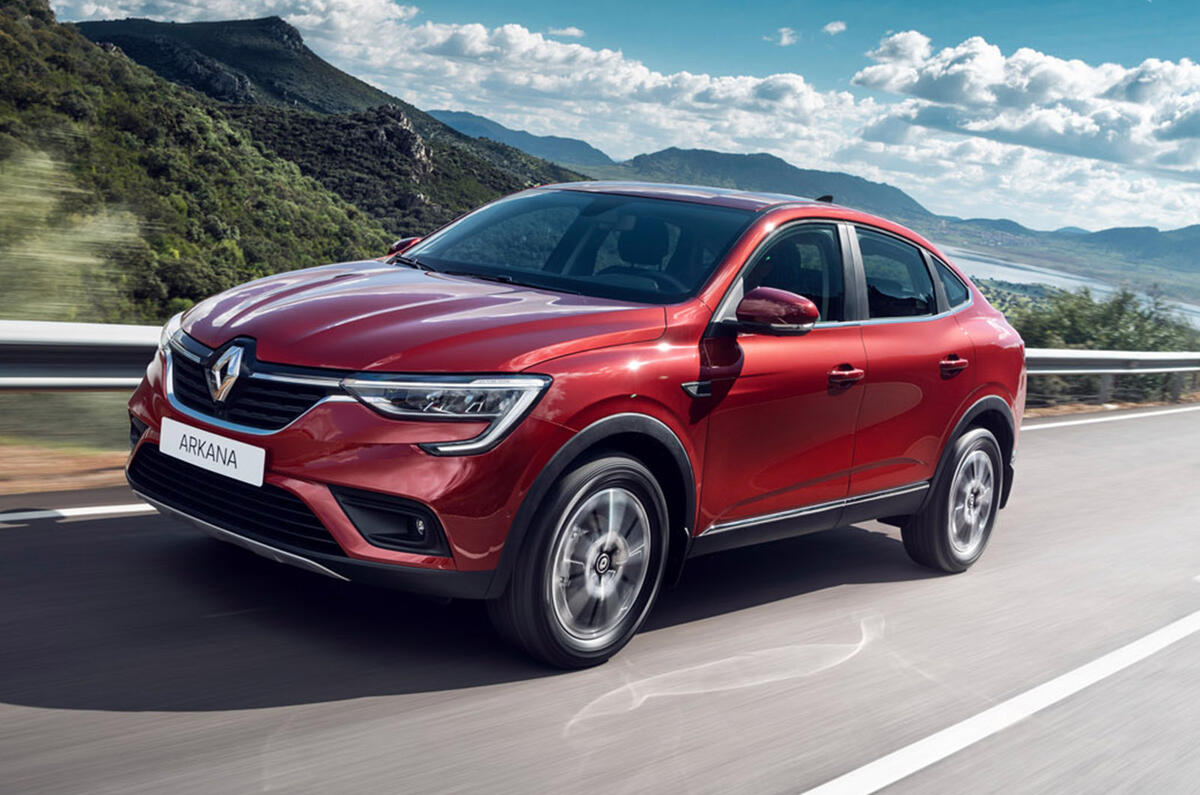
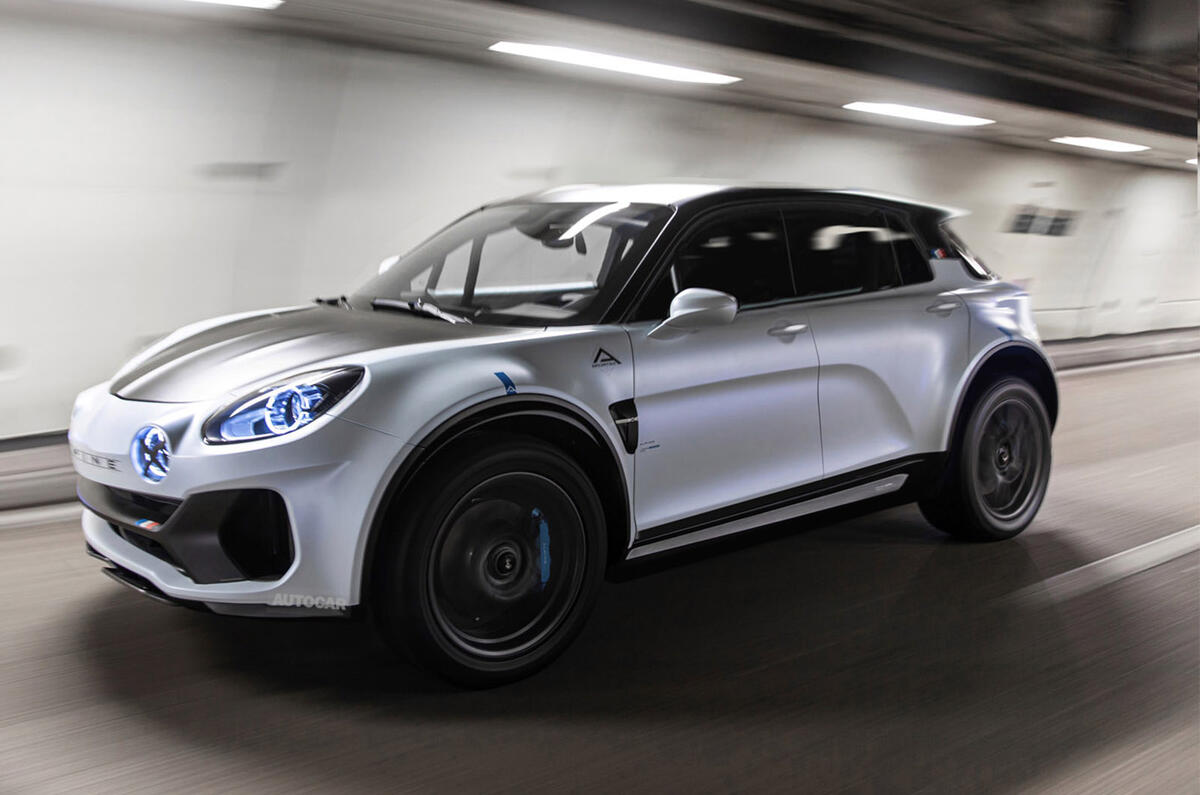
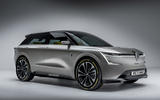
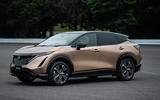

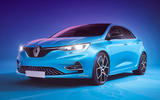
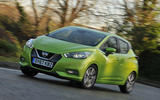
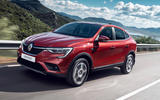
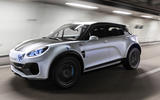

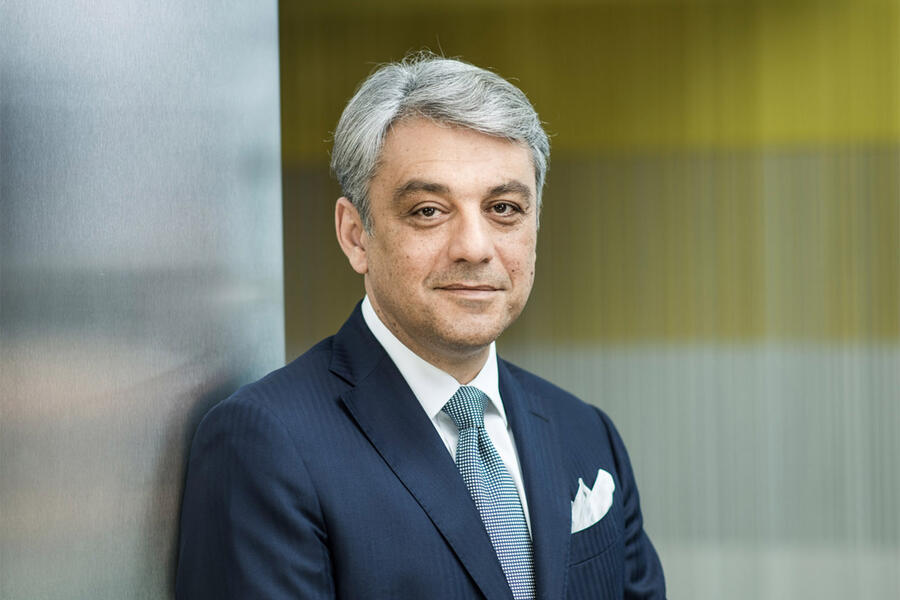
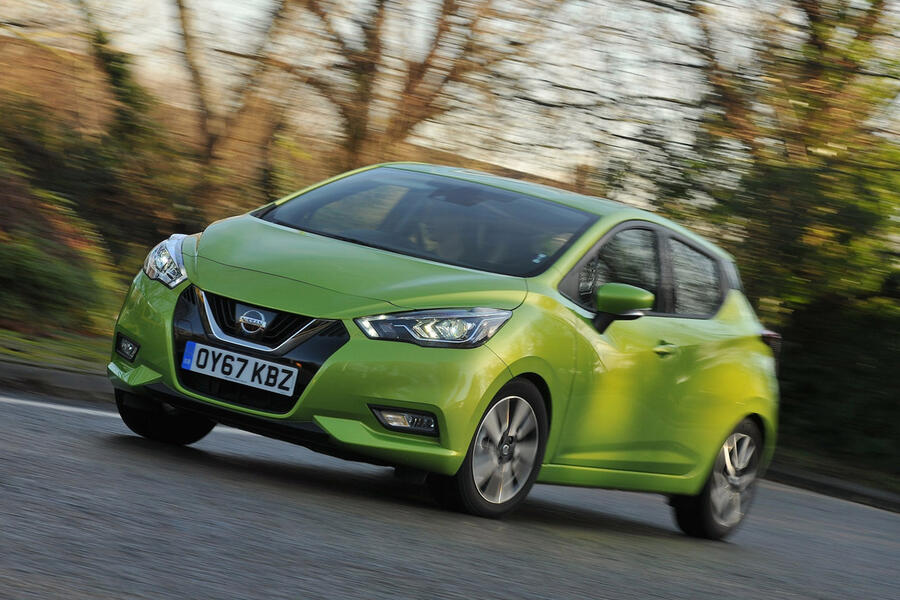
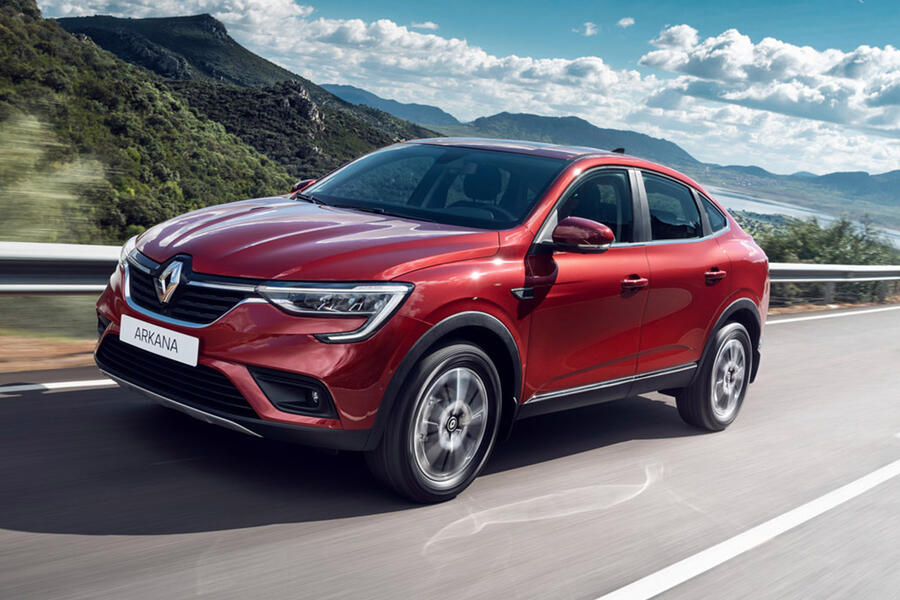
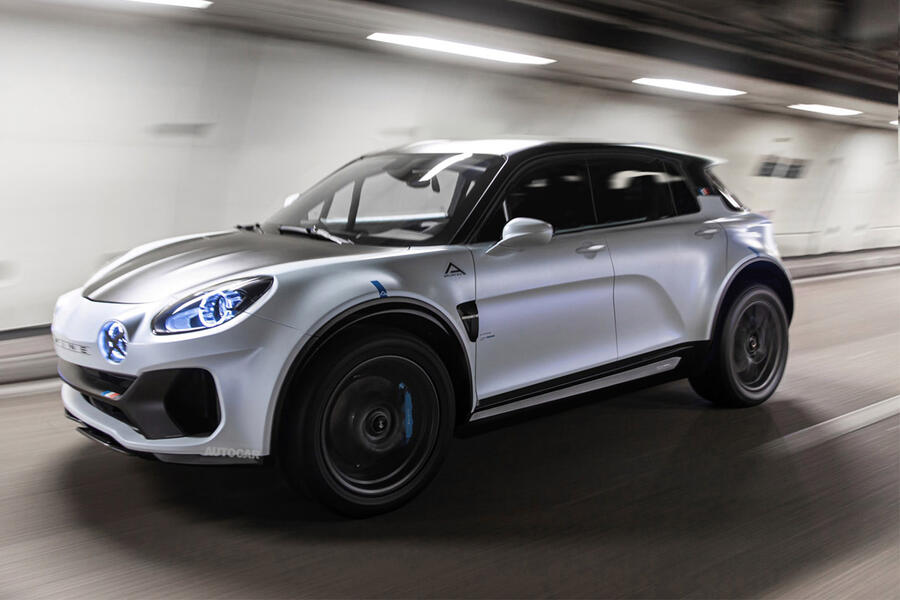

Join the debate
Add your comment
De Meo's maiden ....
.... press contact seems to downplay Renault's achievement with the Clio & Captur, since their lauch leaders in the respective EU segments. The Kadjar was praised by a.o. Autocar when it debuted, the Megane is a very competent C segment rep. Stylingwise the Talisman & Escape are 'hors category' but fell victim to the SUV frenzy. Main issue for Renault-Nissan and VW Group is both trail - by quite a margin - the cleverst of 'm all, Carly Tavares. Since 2013 he implemented a cost saving procudure at PSA, hardly at the expense of the staff, resulting in a record efficiency & profitability.
JLR should sue if Renault
JLR should sue if Renault bring out this clear Evoque copy (as Autocar presents it).
French flair?
Well, there certainly different.